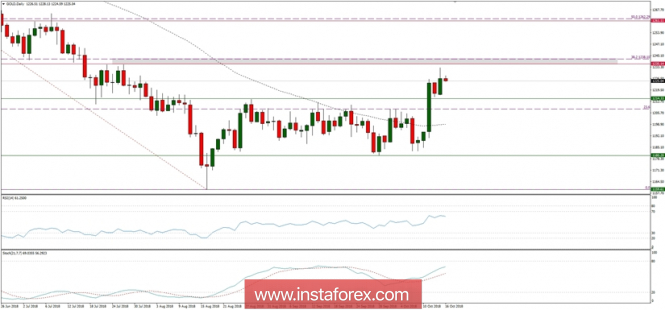According to the deputy director of the International Monetary Fund, Tao Zhang, if global supply chains are forced to adapt as a result of continuous trade tensions between the US and China, next year it may cost the global economy around 1% of GDP. According to Zhang, there are no beneficiaries in the trade war. Even if it seems that a country would be at the top, it would potentially be at the expense of production capacity and a reduction in final demand. The US and China are now embroiled in trade, in which Washington and Beijing apply duties on some of the goods they import: "There is no winner in this game, so we call on both countries or any of our trading partners as soon as they find themselves in commercial disputes, let them talk to each other and reduce this tension" said Zhang.
It is also worth reminding that the IMF has recently lowered the forecast of global economic growth from 3.9% to 3.7% for 2018 and 2019. The reason given was the slowdown related to trade tension and turmoil in developing economies. The Fund also reduced the forecasts for the size of world trade: the total flow of goods and services is expected to increase by 4.2% this year, and next year by 4% - by 0.6 and 0.5 percentage point respectively compared to earlier estimates.
Let's now take a look at the Gold technical picture at the daily time frame chart. The marke has broken out from the horizontal consolidation and made a new local high at the level of $1,233, just below the 38% Fibonacci retracement of the previous swing down. The technical support is seen at the level of $1,214 and the next technical resistnace is seen at the level of $1,235. Please notice, the momentum is strong and positive, so the up move might last a while as the short-term bias remains bullish.

